Once
Medium Format Film | Digital Scan
April 2012
Exploring changed space, and focusing on particular historical sites of former congregation, Once is the result of a series of research walks identifying sites and locations formerly occupied by venues, buildings, organisations and workplaces - physical geographical city space, once full of activity, occurrence and combined associated memories, now altered, repurposed or lain bare.
place = space + memories
What transforms a space into a place? Certainly, there is a need for human inhabitation or intervention. In the years between the demolition of the ABC cinema site in Hanley and the building of the supermarket that replaced it, the wasteland that was left became a meeting place for local teenagers. It was space to call their own but through repeated use and the creation of events and memories, it became their place.
Conversely, the Victoria Ground, the former home, for over 100 years, of Stoke City F.C. was bought by a land developer following the club’s move to its new ground in 1997. A piece of land that had become much more with the indelible imprint of 100 years of collective human congregation now lies dormant. An empty unwelcome space, ringed by security fencing. A place returned to a space.
Of course, the post-industrial city is an ever-changing mass. City councils and urban planners are constantly altering the lay-outs, look and feel and the fabric of our cities, as transport routes are updated, buildings are demolished and building uses are transferred from one failing business to another with the hope of success. Whole residential areas are pulled down, deemed unfit, or unsafe for continued habitation, or simply as unfashionable or an obstacle to the new urban plan.
What happens to the memories that filled these places - the events and occurrences and accumulated human presences that combine to create a collective myth which transforms a space into a place?
Once these places were important.
Once they were lauded and loved.
Once.

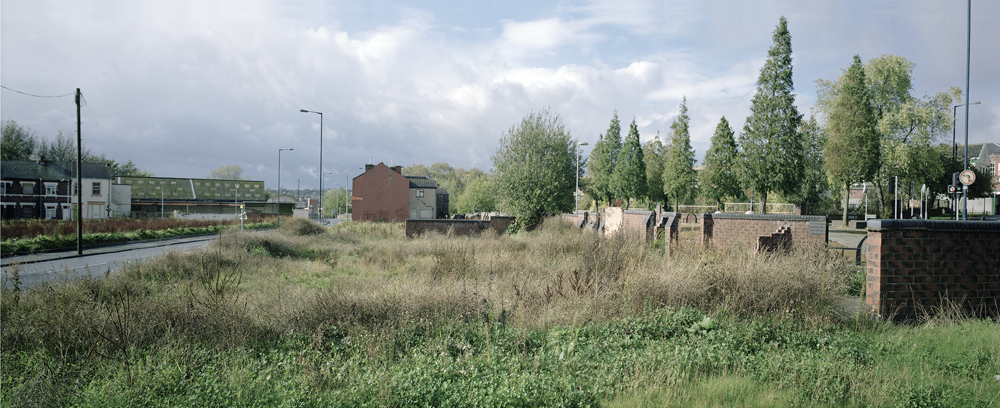
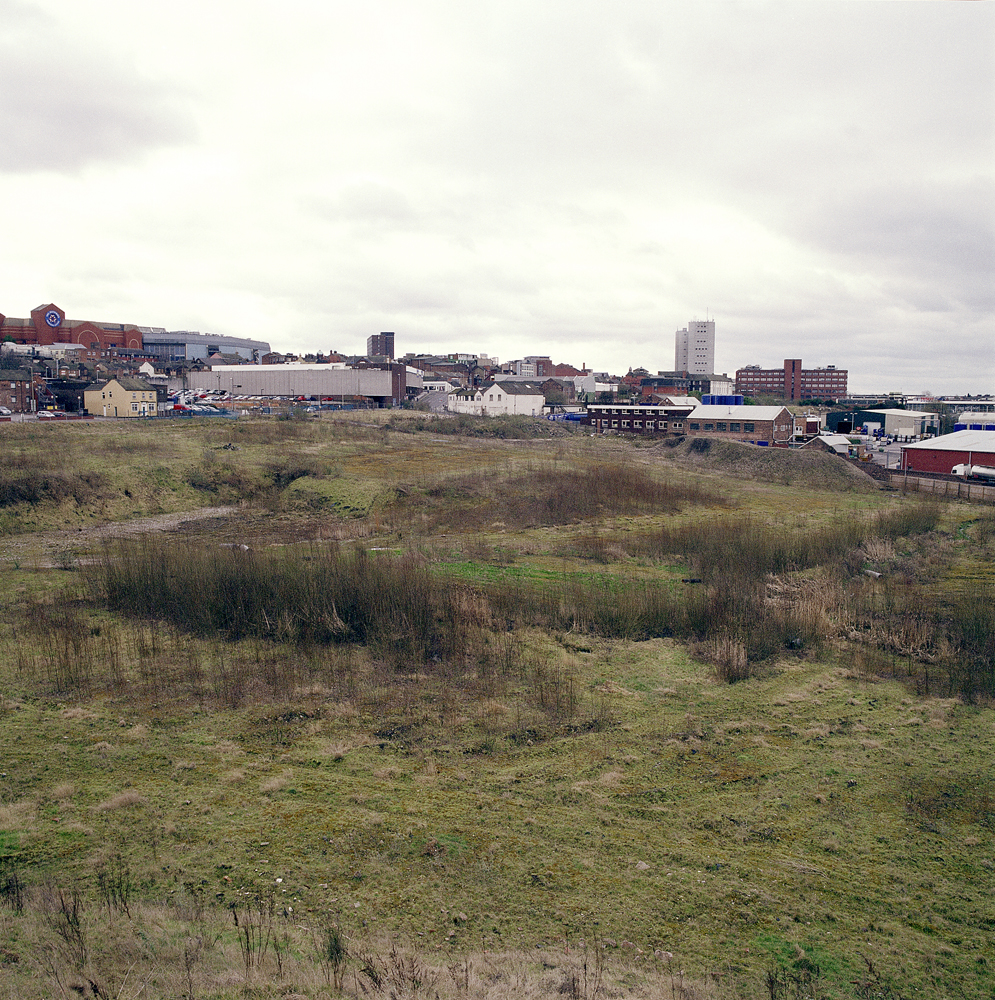
Brook Street Works, York Street, Stoke-on-Trent. The term Industrial district was initially introduced to describe an area where workers of a monolithic heavy industry live within walking-distance of their places of work. In England, such areas are usually characterised by block streets of Victorian terraced housing. Very few working industrial districts are now left and many individual, and in some cases, whole streets of terraced houses are deemed out of date and unfit for habitation.
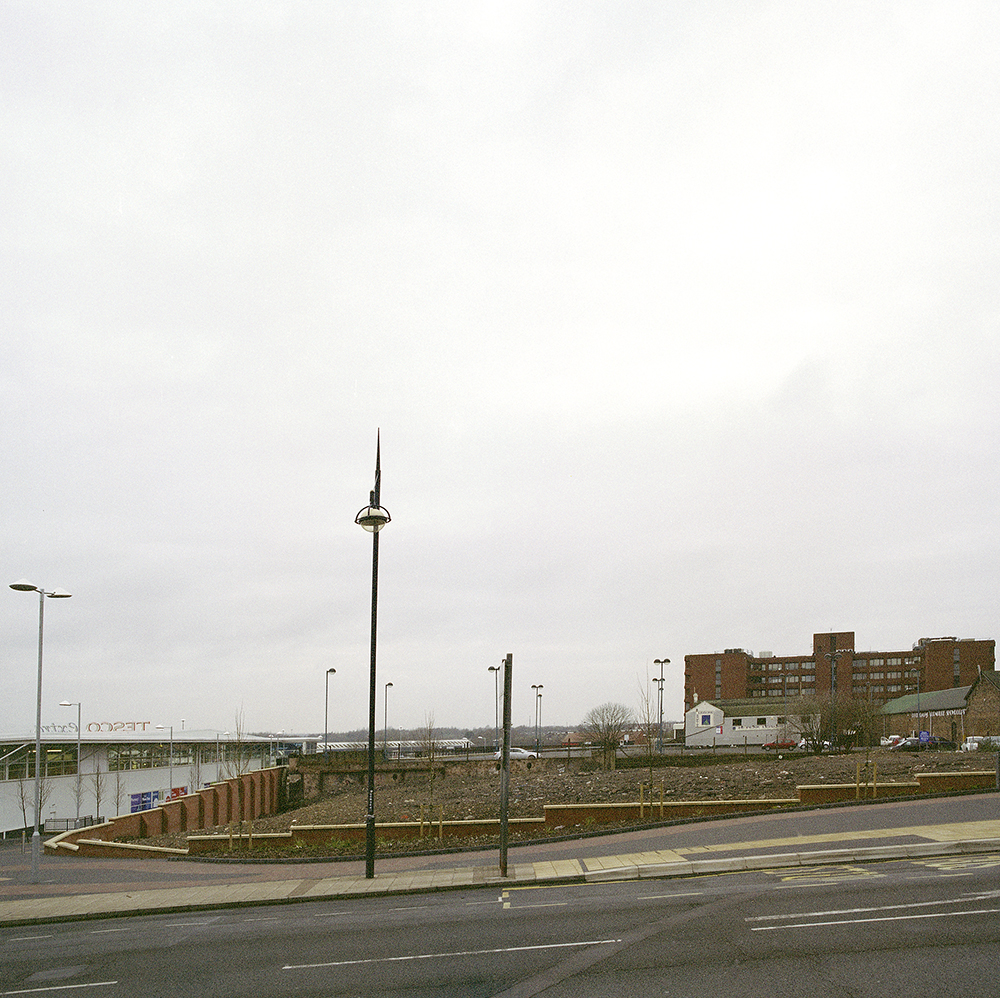
ABC Cine-Bowl, Broad Street, Stoke-on-Trent. The ABC Cine-Bowl was opened in 1963, with Charlie Drake starring in its first film, "The Cracksman". The 1,320-seat cinema had all its seats on a single level, and was located upstairs from the 28-lane ABC 10 Pin Bowling Alley. In The 1970's, the cinema was "tripled, seating 573, 233 and 162 people in its 3 respective screens. New owners Odeon closed the cinema in 2000, whereupon the land was bought by Tesco, who demolished the building in 2008 and left the land empty for the next 6 years. In 2014, the land was put up for sale.
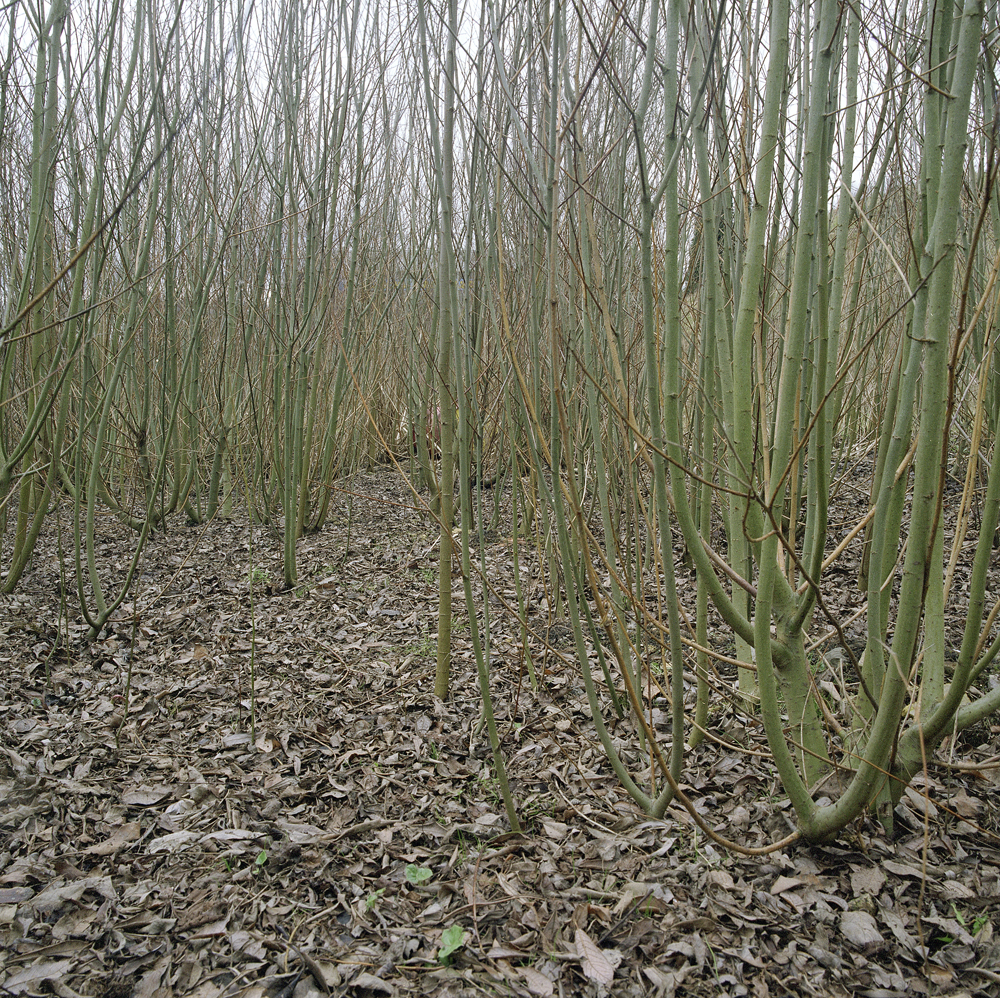
Sampson Street, Stoke-on-Trent. The area around Sampson Street, was once filled with traditional workers' terraces, housing the workers for the nearby Pearl Pottery and the Brook Street Pottery. This area was cleared in 2007/8 for development as a retail and leisure site. Ultimately, those plans fell through, and the area has been left as brownfield lance ever since.
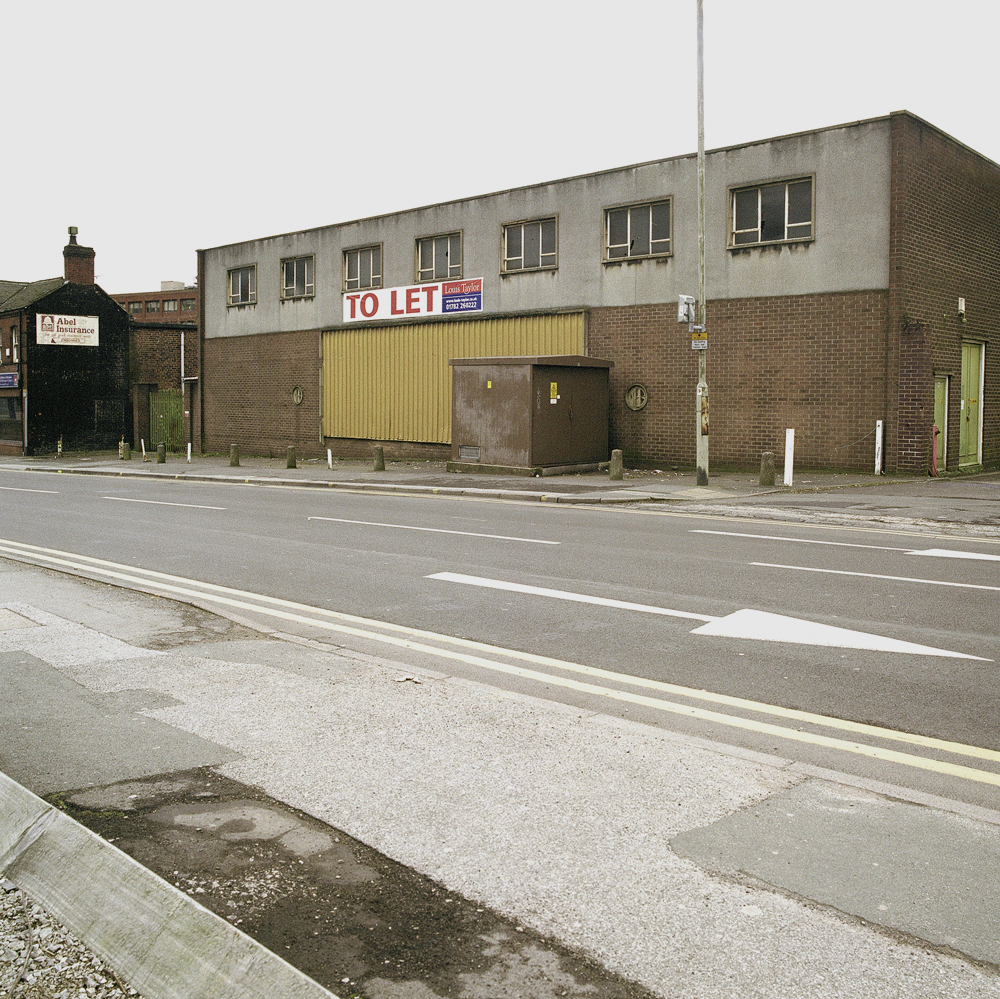
Electricity Substation, Marsh Street South, Stoke-on-Trent The spread of electricity was a key historical and social development of the first half of the 20th century. The Sub-Stations were an essential instrument of that development and remain its chief physical monument. Distinctive in their functional design, the buildings, housed the crucial operations for maintaining a city’s energy supply and fuelling its output.

Garage, Mount Pleasant, Stoke-on-Trent The Garage became an essential adjunct to the house following the invention of the car, and in areas of terraced housing, separate areas of land with a collection of simple shelters appeared in response. These spaces were not confined to their primary function. They double as areas for wider storage, workshops and often as places for refuge and escape.

Festival Park, Stoke-on-Trent The Stoke-on-Trent National Garden Festival was Britain’s second. It was held in the city from 1 May to 26 October 1986, and was opened by the Queen. Preparation of the site involved the reclamation of land formerly occupied by the Shelton Bar steelworks. In the 179 days of its duration, it attracted 2,184,052 visitors - the U.K.’s most visited new attraction of 1986.
The site became Festival Park which now covers over 88 hectares, employs more than 4,000 people and provides industrial, office, retail, leisure and residential accommodation.
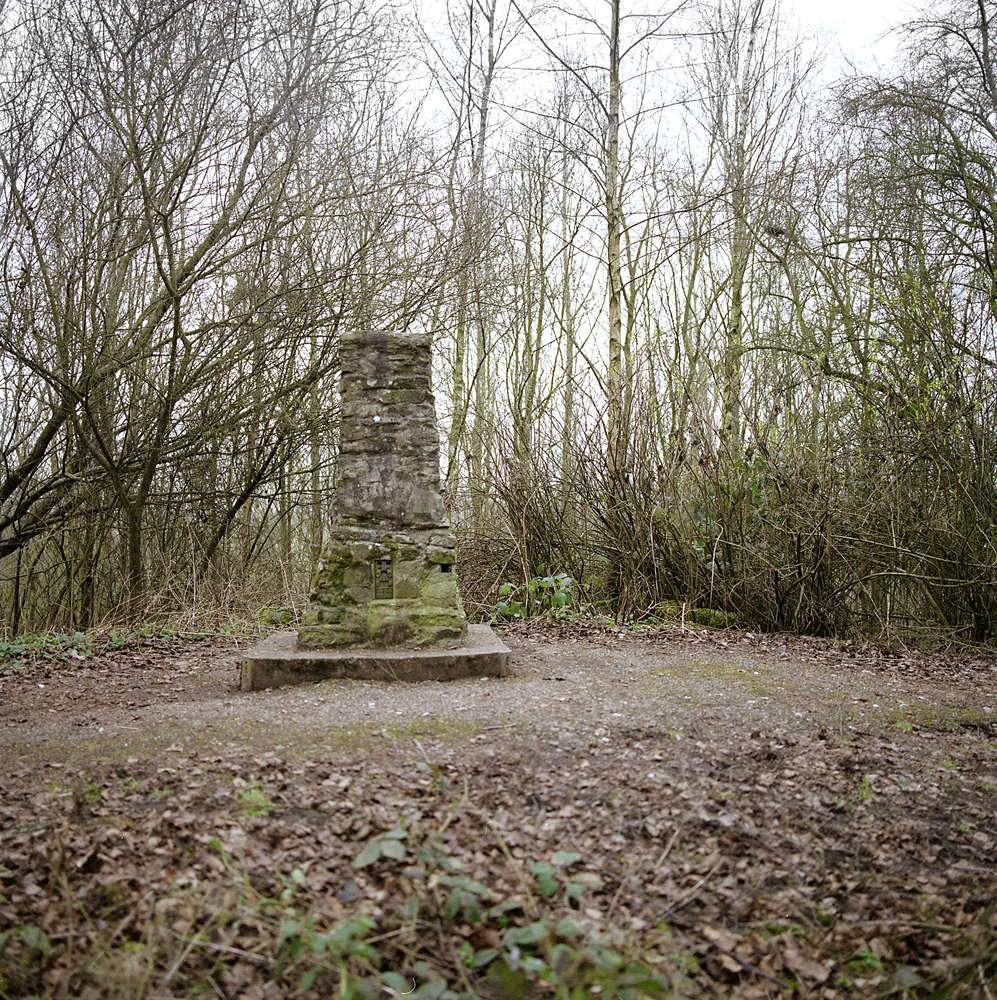
A View, a Place , Festival Park, Stoke-on-Trent The Turner Prize winning artist Antony Gormley’s sculpture, "A View, A Place", was sited at Stoke-on-Trent Garden Festival's highest point looking out over the Fowlea Valley, next to the OS trigonometry marker-stone. Following the festival, a dispute ensued between the artist and the City council. The statue was eventually removed from its place by the City council. There is no mention of the work on the artist’s website. The site of the sculpture is now completely enclosed by woodland.
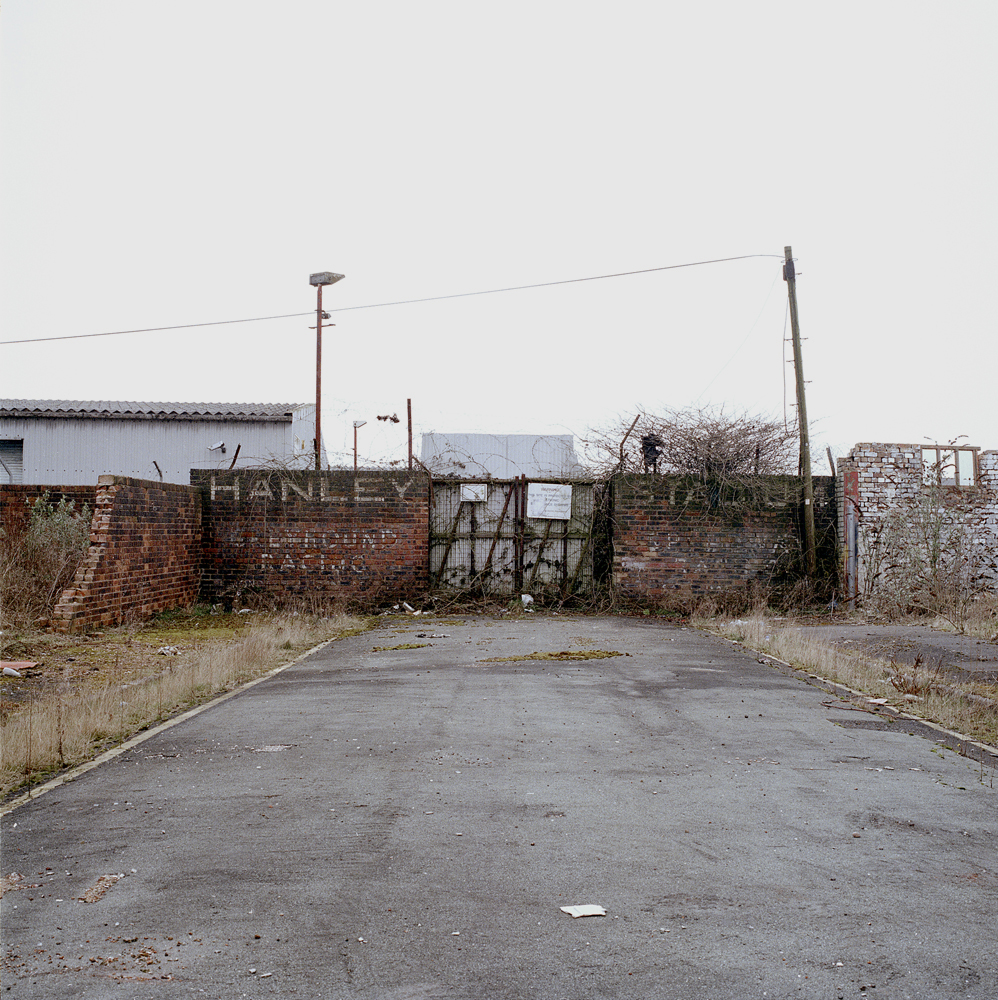
Hanley Stadium, Sun Street, Stoke-on-Trent Taking place three nights a week, usually in front of a small crowd of regulars of 200-300, the Sun Street venue, standing in 6 acres of land
was a pioneer of British greyhound racing, when it opened in 1928. By the 1950’s the venue had become famous as a speedway track, and held regular meets until it closed in 1963. The 1960 Good Friday meet, which
took place following an enforced 7 year closure, attracted a crowd of over 10,000. In 1963, the directors of Northern Greyhound Racers (Hanley Ltd.) sold the Stadium to a local Ford car dealership.
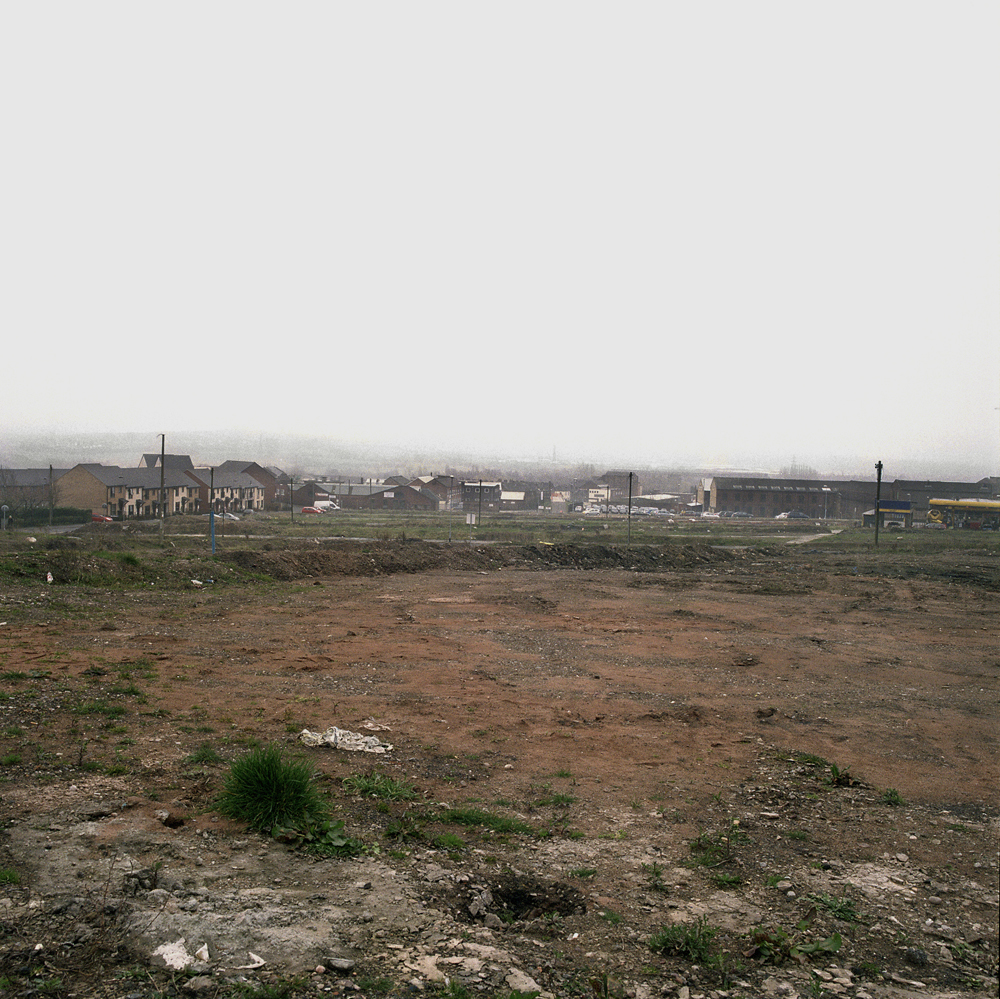
Lichfield Street, Stoke-on-Trent In the five years between 2006 and 2011, more than £120 million has been spent by Stoke-on-Trent City Council and RENEW, a government funded
pathfinder scheme. The aim was to create a stronger, more stable housing market for the region. In 2004, Renew pledged to demolish 14,000 and build 12,000 homes. By 2011, 2007 houses had been knocked down and 676 built. In 2011, the decision was taken to cease funding the project.
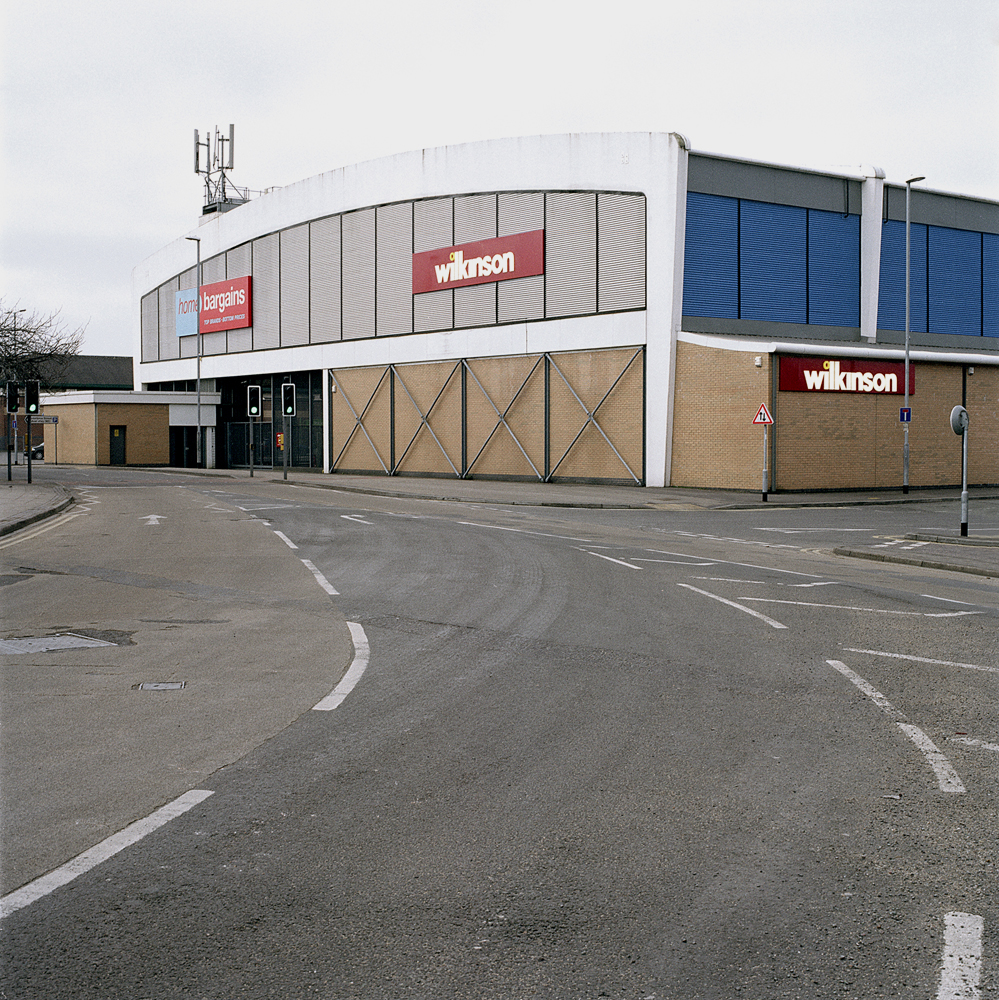
Jollees Cabaret Club, Commerce Street, Stoke-on-Trent Jollees Cabaret Club took up the whole floor over the old Longton Bus Station and with 1790 seats, was the largest cabaret venue in the UK during the 1970’s. Playing host to a variety of the country’s biggest stars, including Cliff Richard, Roy Orbison, and Cilla Black, it was considered to be the place to be seen. It was also renowned for staging the first televised World Darts Championships. Jollees closed in 1981 due to financial difficulties. After hosting a variety of businesses, the building, including the bus station, was demolished in 1992 as part of a city regeneration project.

The Mitre Inn, Pitt Street West, Stoke-on-Trent Up until the introduction of the first supermarkets in the 1970’s, the British pub had thrived as the main centre for socialising, particularly
for the working classes. The ability of the supermarkets to undercut pub prices inflated yearly by successive governments, combined with the 2006 ban on smoking in public places, has seen the number of pubs in the UK steadily dwindle. 2,365 of the 52,500 pubs in England closed in 2009. The Mitre Inn was one of the oldest pubs in Stoke-on-Trent, built in the first part of the nineteenth century.
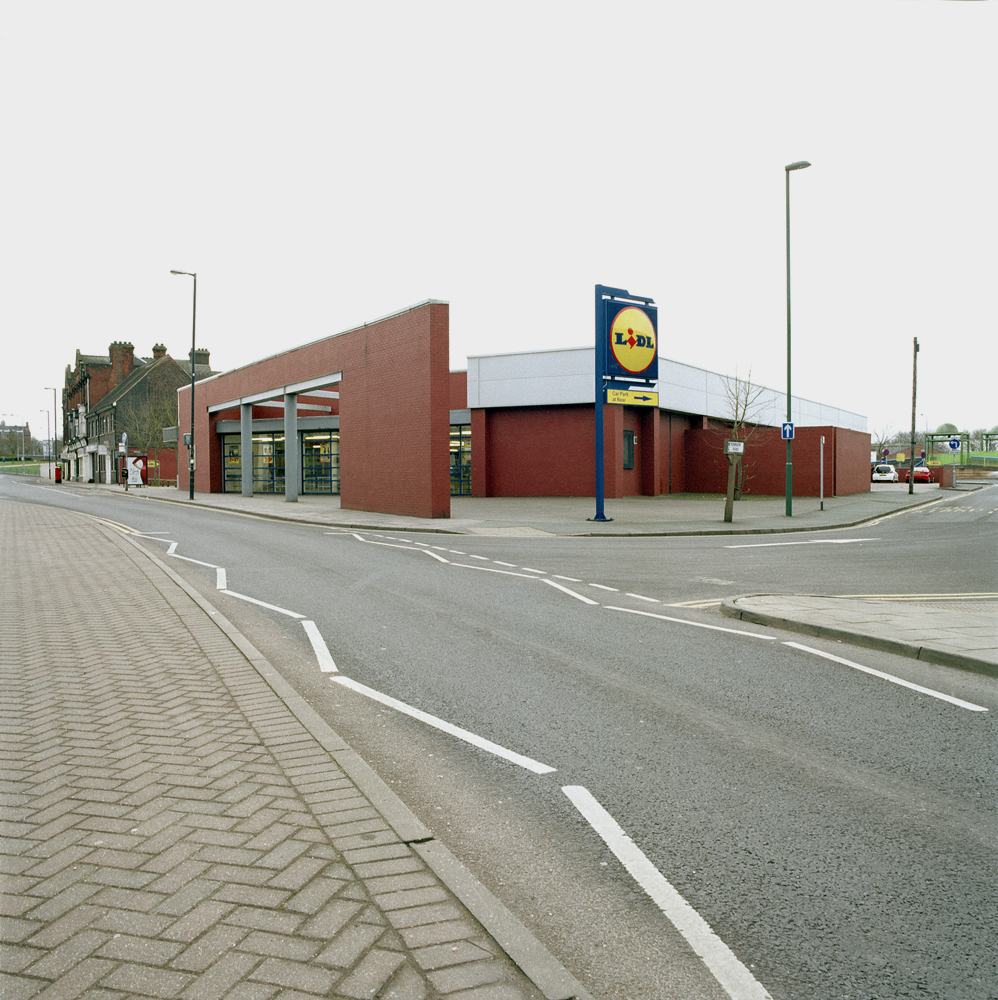
Shelley’s Laserdome, Edensor Road, Stoke-on-Trent Continuing a tradition of nationally renowned entertainment venues in Stoke-on-Trent, Shelley’s transformed itself from a typical town-scene nightclub into a seminal dance venue. For 3 years from 1990, Shelley’s attracted travelling revellers from Manchester, Birmingham and beyond and launched the careers of several DJ’s, notably Sasha who ensured ‘Shelleys’ was the buzzword on everybody’s lips throughout the raving community.
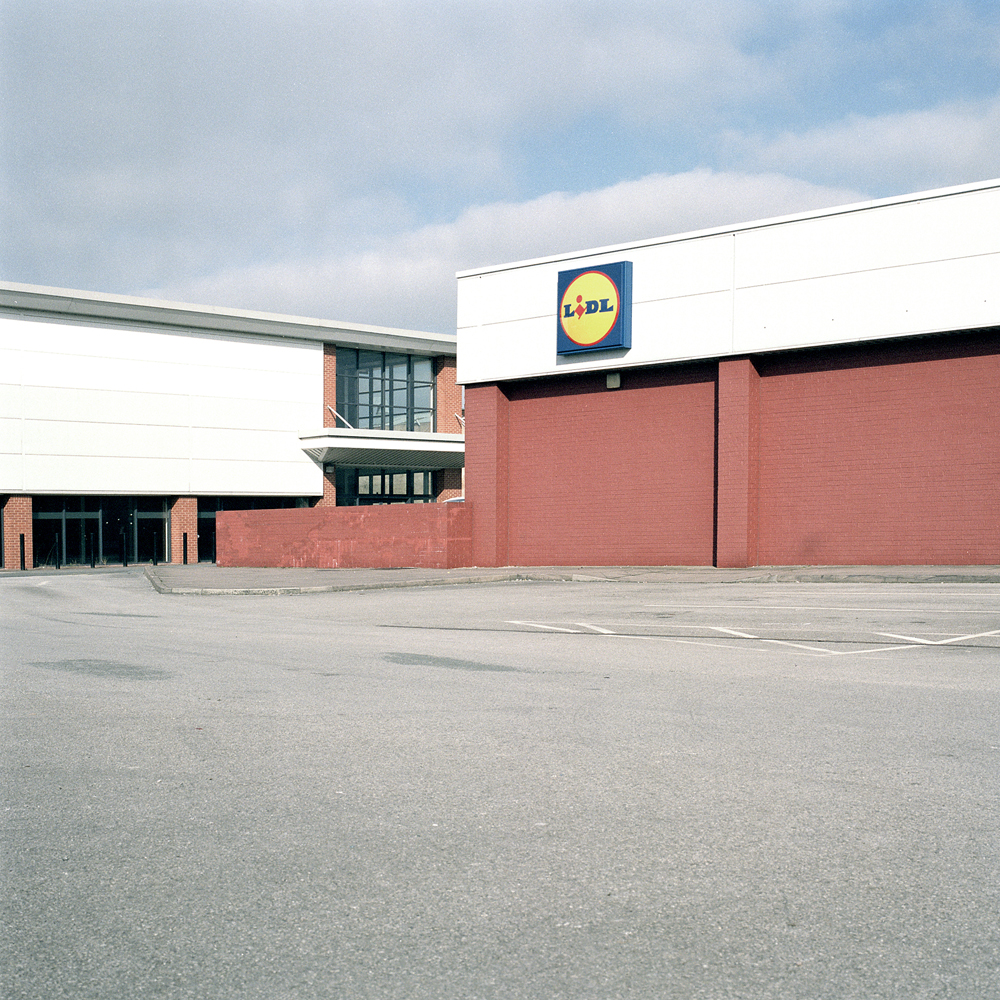
Shelley’s Laserdome, Edensor Road, Stoke-on-Trent Following constant battles with the local authorities and the police concerned about illicit drug use, Shelley’s closed in 1992 and was
demolished a few months later as part of an urban regeneration plan.
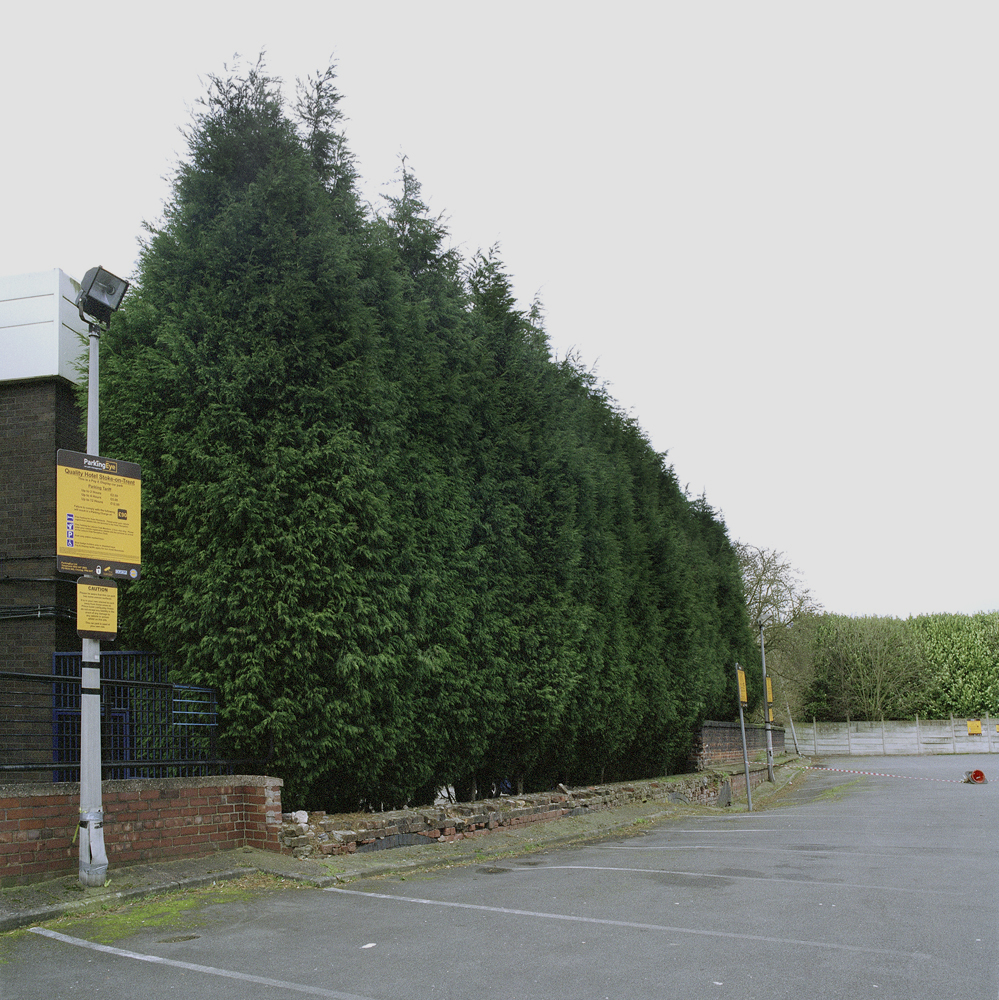
Hanley Railway Station, Trinity Street, Stoke-on-Trent Hanley railway station, opened in 1872, was built by the North Staffordshire Railway as part of the Potteries Loop Line, which connected the 6 towns of Stoke-on-Trent. The station was built on a sharp curve in a cutting below Trinity Street. By 1910, Hanley had become the largest of the six towns, and 40 trains a day were using the station.
However, the proliferation of car transport from the 1930’s meant that passenger and haulage use tailed away, and Hanley Station was closed under the Beeching cuts of 1964. Today only small traces of the Station remain; the deep cutting in which it lay is filled in and is now the site of a car park.
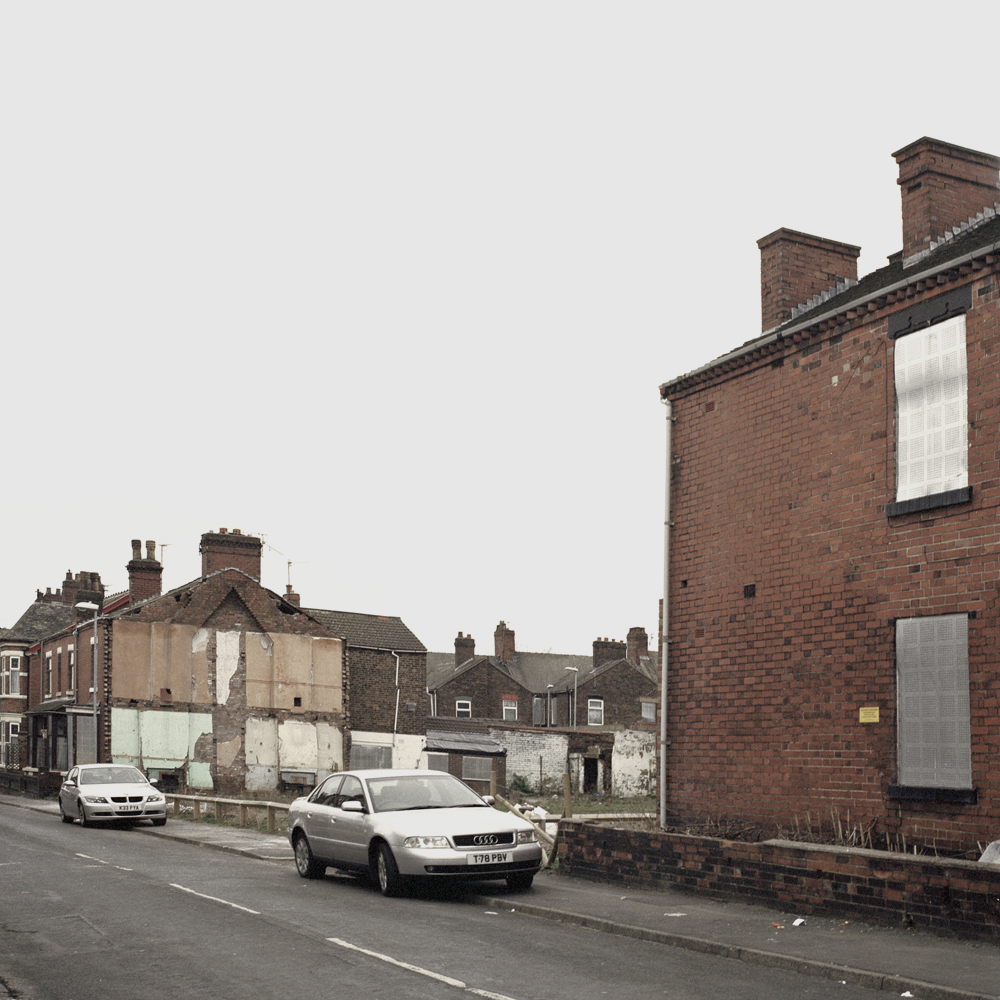
Terraced House, Grove Place, Stoke-on-Trent The growing need for workers’ housing in Victorian Britain resulted in the Terrace House, as rows and rows of individual houses, repeating the same design, were joined together. The form was simple and utilitarian, two rooms up and two down, with outdoor lavatories. Often, families of 8 and more, spanning three generations occupied these small spaces. A testament to their design, the Terrace has endured the move into post-industrial society and remains the most common form of urban housing.
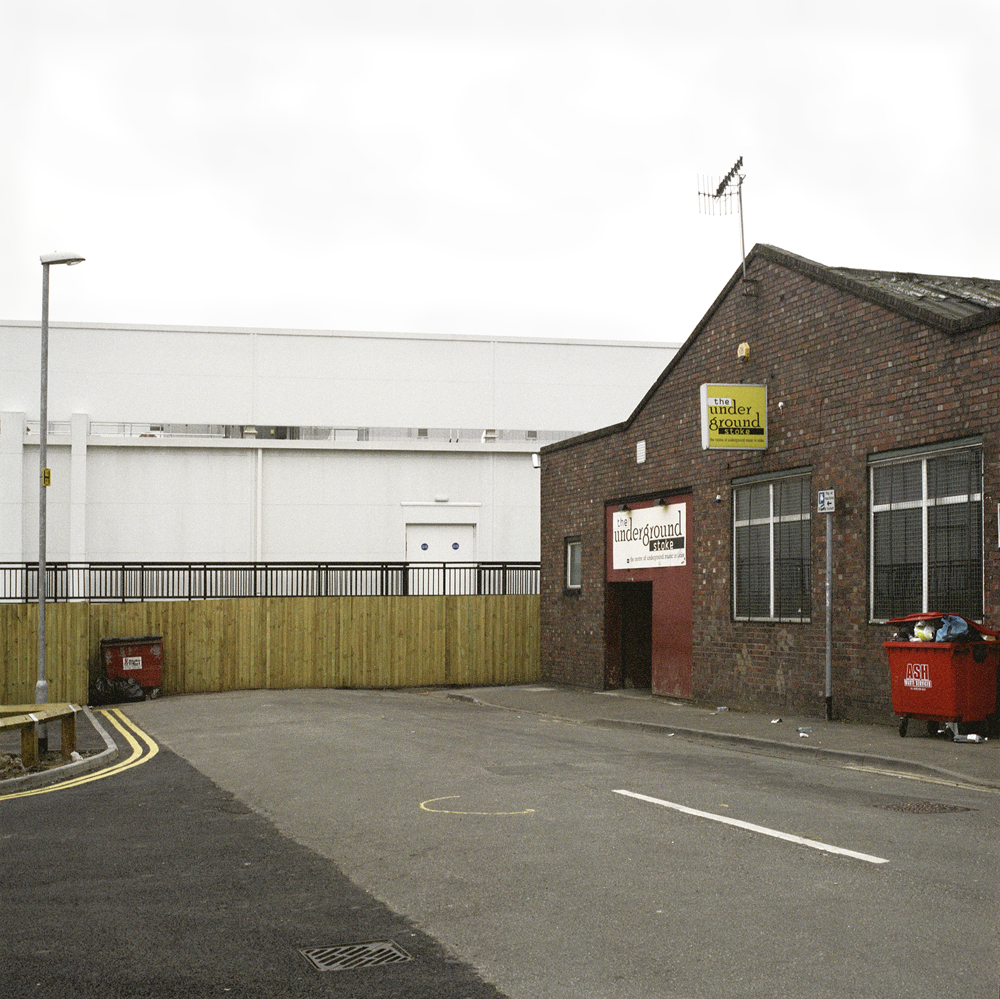
the underground, Morley Street, Stoke-on-Trent 0n April 21, 2004, the launch party for Pete Doherty’s side project, Babyshambles, was held in a small nightclub on the outskirts of Stoke-on-Trent city centre. The event ended in a riot after the crowd of 300 inside the club and an equal number locked outside followed Doherty’s lead and began vandalising the club. Forced to leave the stage and the club, the gig ended in a car-top sing-along in the club’s car park led by Doherty and former Libertines band mate Carl Barat and joined by over 600 fans. The incident referred to as The Babyshambles Riot was covered heavily in the music press, and gave the club immediate cult status. In 2010, a supermarket was built on the site of the impromptu outdoor gig.
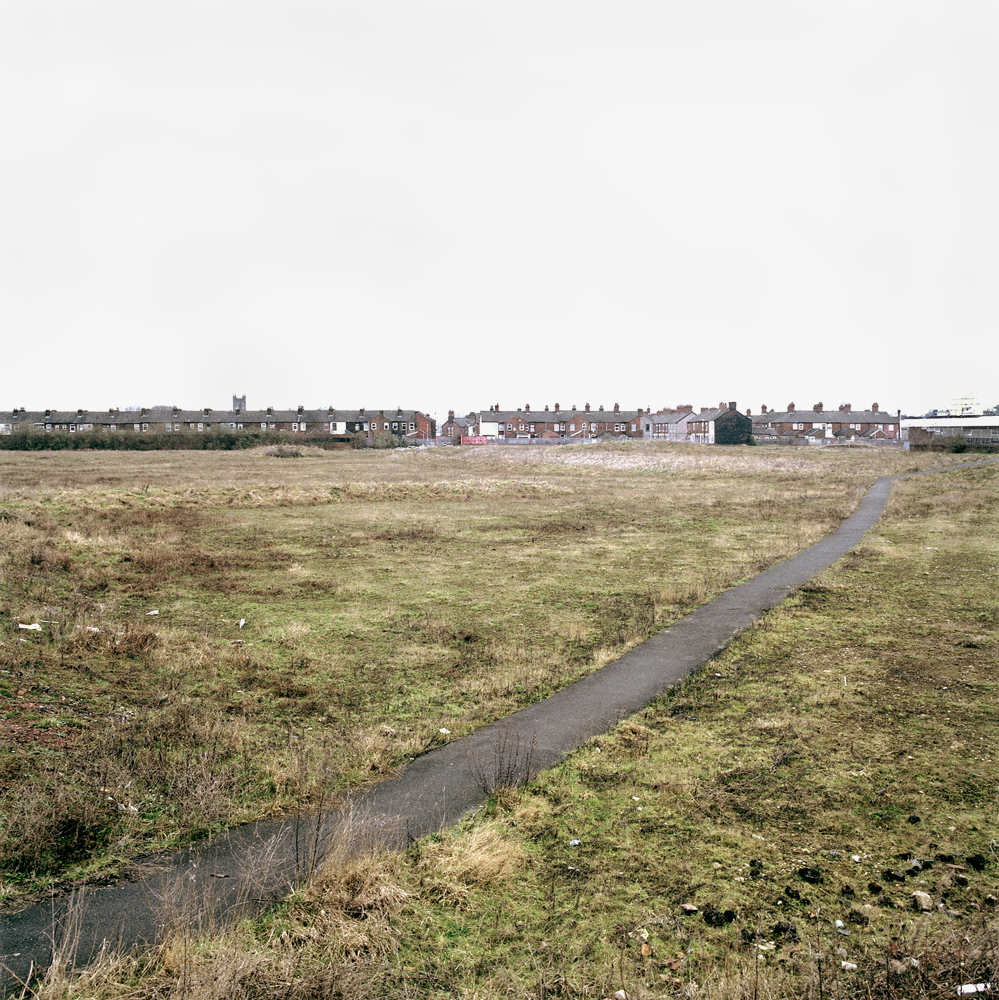
The Victoria Ground, Boothen Road, Stoke-on-Trent Stoke F.C. moved to the Victoria Ground, a field owned by the local church, from the Athletic Ground in 1883. The club played there for an unbroken period of 119 years during which time the highest attendance of 51,380 was recorded for a match against Arsenal on 29 March, 1937.
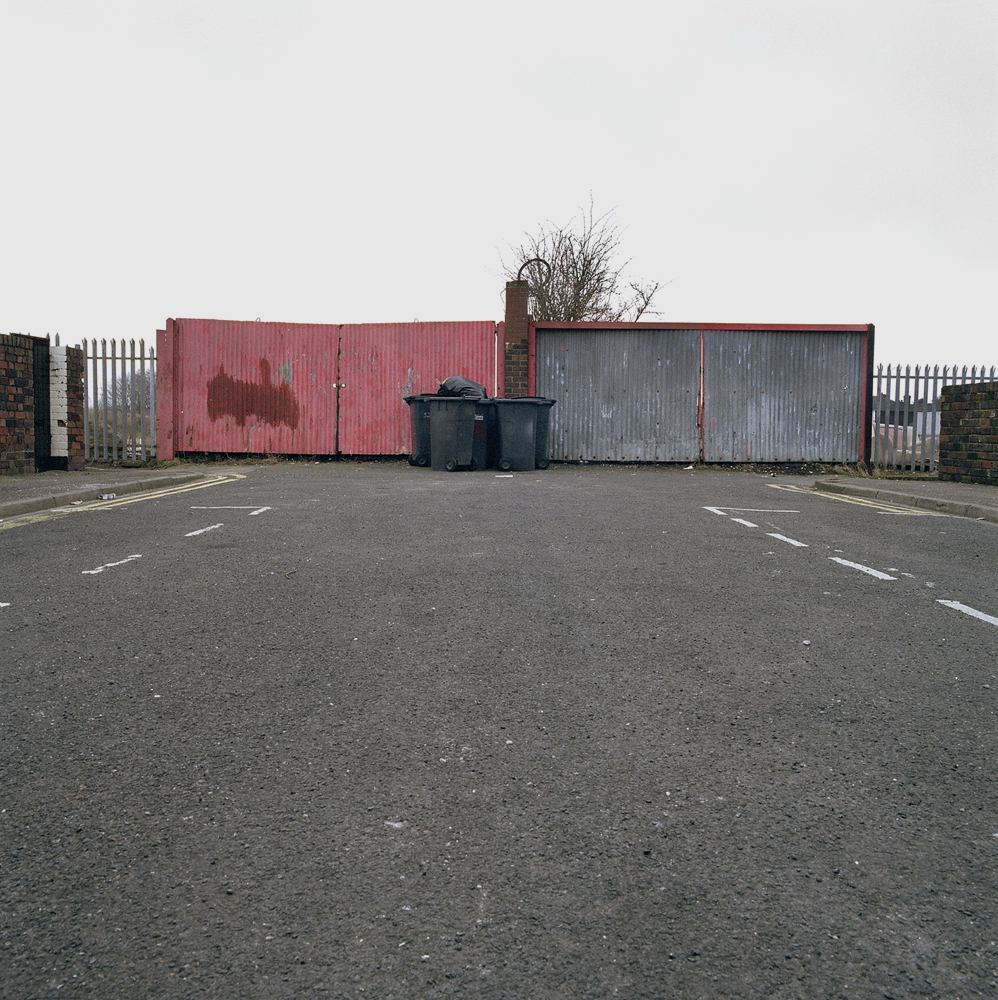
The Victoria Ground, Boothen Road, Stoke-on-Trent Following the 1990 Taylor report into Hillsborough, demanding all-seater stadiums, the club relocated to a new ground in 1997.
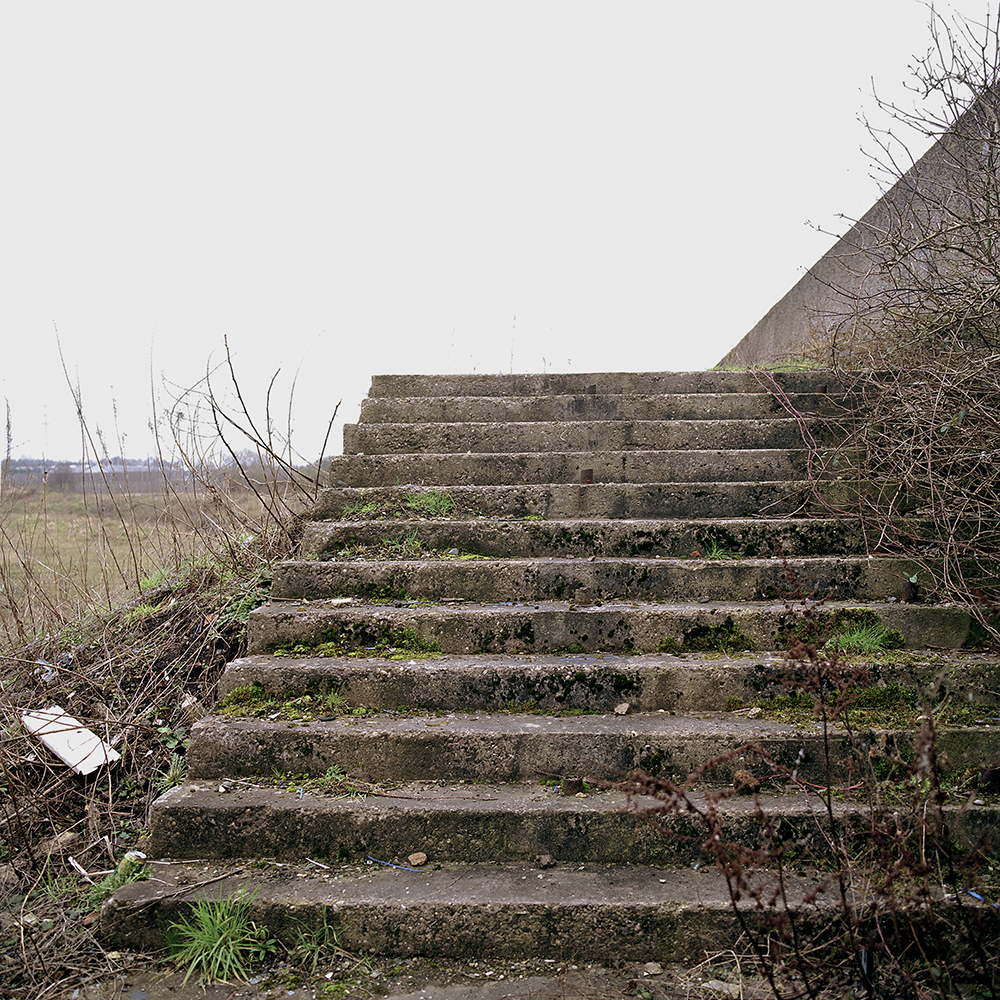
The Victoria Ground, Boothen Road, Stoke-on-Trent At the time of the move, The Victoria Ground was considered to be the oldest operational football league ground in the world.
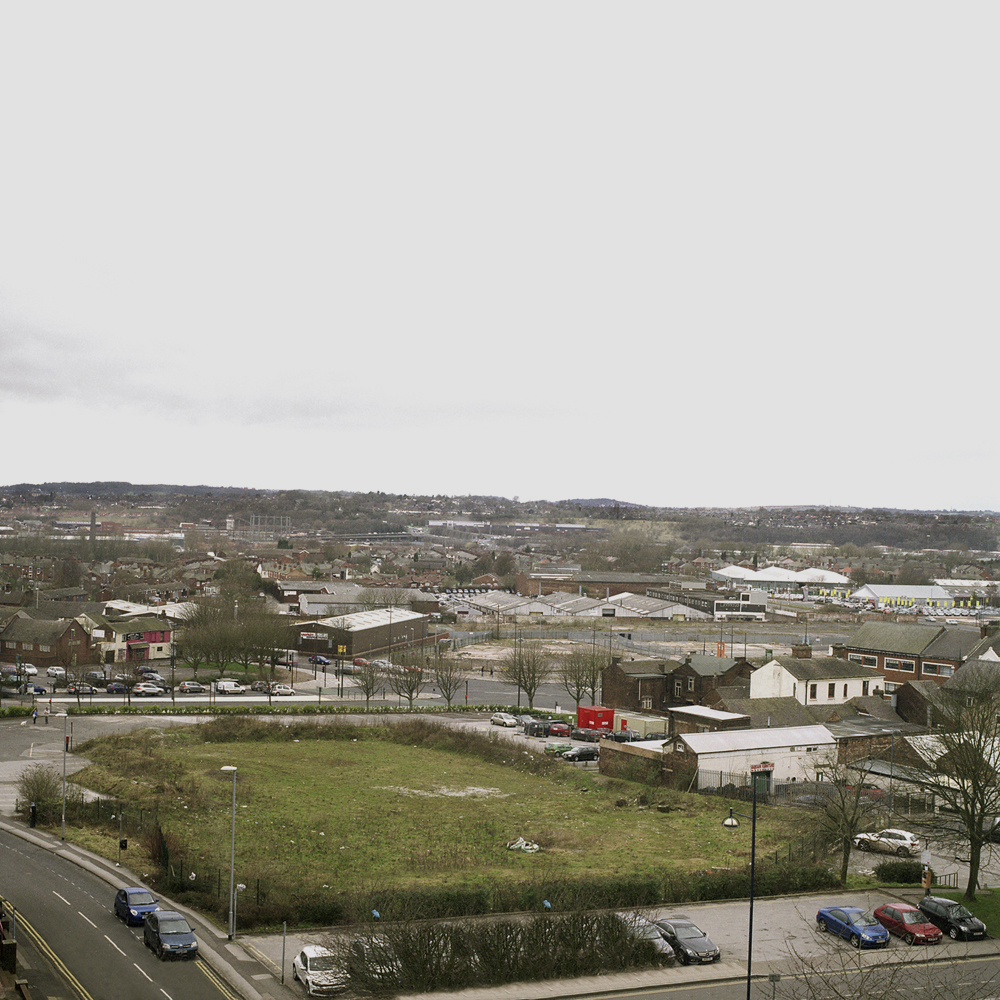
Unity House, Potteries Way, Stoke-on-Trent Built in 1973, Unity House, dubbed locally as ‘Fawlty Towers’, was an 18 storey, 148,000 sq. feet, 80 metre high brick structure, the tallest
building in Stoke-on-Trent. Home to Stoke-on-Trent City Council and to some departments of Staffordshire County Council, the building was only inhabited for 20 years. It stood empty for ten years following the departure of the council, and following official diagnosis of sick building syndrome, it was condemned and demolished brick by brick over the course of two years, in2005 and 2006. Plans to replace it with a new professional quarter have yet to be realised and the site remains empty.


